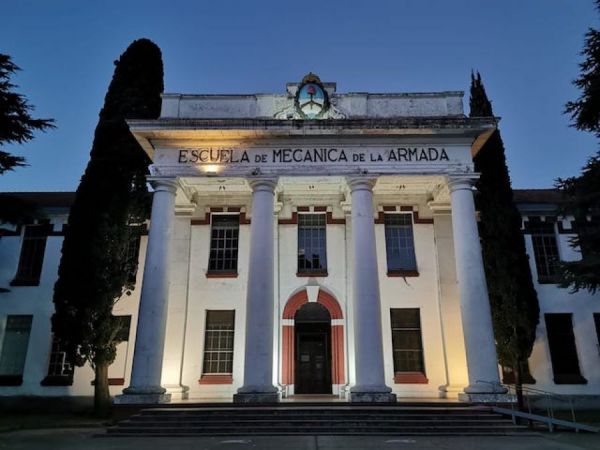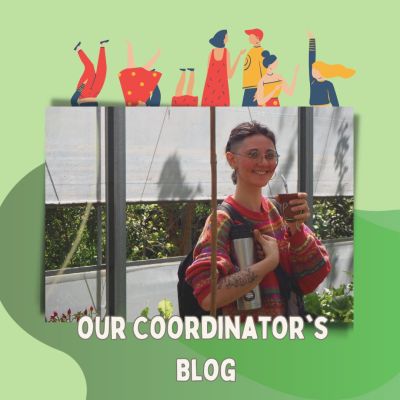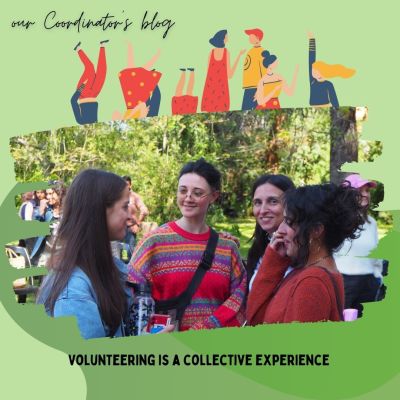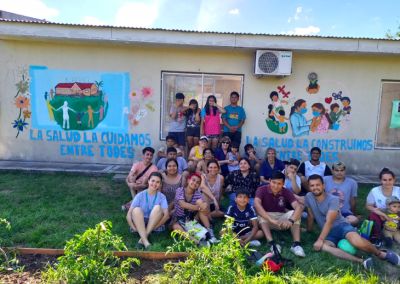It was only until I visited “La Escuela de Mecánica de la Armada” (ESMA) or School of mechanics of the Navy that I fully grasped the full extent of what happened during the late 1970’s and early 1980’s.
Prior to Argentina’s military dictatorship which took place between 1976 and 1983, ESMA was an educational facility for the Argentine Navy. In 1976, it immediately became the largest ‘detention centre’ of its kind. The term ‘detention centre’ does not accurately depict what actually occurred at ESMA hence it is a poor description. ESMA was used for much more than detaining ordinary citizens; thousands of people were physically and mentally tortured and illegally executed there. Ex-ESMA, as it is now referred to is all about memory and symbolism. It has been transformed into a museum with the aim of preserving the memory of those who died during the dictatorship and to defend human rights.
The first room you walk into when entering the main building provides shocking figures projected onto the walls - “30,000 DESAPARECIDOS”, “MÁS DE 500 CENTROS DE DETENCIÓN, TORTURA Y EXTERMINIO”. As you move through the 1st floor you learn about the vast amount of testimonies of the ESMA survivors, some of them offering staggering detail about their horrifying experience. Moving up to the 2ndand 3rdfloors, the place become even more sombre. This is where the kidnapped were held and tortured for years and years, often without ever seeing sunlight. What’s more is over 400 children were born in such a place, and their mothers were executed before the babies were given to affiliates of the dictatorship.
The museum also provides some details about the “ESMA Mega Trial” or the “trial of the Juntas” in which 833 witnesses testified however, some of the generals still remain free today.





